Precauciones de seguridad
1. electricidad y montaje Experimental
- Evitar las conexiones, cables y alambres sueltos.
- Asumir cualquier metal expuesto es vivo con electricidad a menos que lo contrario verificado.
- Familiarizarse con todos los botones en el equipo, interruptores, ON/OFF y desconecte los interruptores de un banco.
- Sólo realizar cambios en la configuración experimental cuando el circuito se apaga y todas las fuentes de energía leer cero voltaje y cero corriente, según corresponda.
- Use cables de longitud adecuada para sus aplicaciones apropiadas. Conexiones o cables pueden causar desorden en un banco, y cables muy cortos o conexiones pueden ser demasiado apretadas y pueden ser fácilmente desconectadas.
- Separar más alto equipo de energía y conexiones de equipos menores tales como microcontroladores, para evitar interferencias e interconexiones eléctricas entre dispositivos electrónicos sensibles y dispositivos de alimentación superiores.
- Asegúrese de Asegúrese de que todas las fuentes de poder DC, fuentes de CA y otras fuentes de poder empiezan de cero voltaje y cero corriente de salida o según lo dirigido en un experimento. A partir de un voltaje distinto de cero es posible en ciertas aplicaciones donde una fuente de tensión debe tener una condición inicial.
- Apague todos los equipos antes de salir del laboratorio una vez que concluye un experimento.
- No permita que un solo usuario para llevar a cabo un experimento sólo. Asegúrese de que al menos dos usuarios realizan un experimento cuando operan más de 50 V de CC y CA trifásica.
2. ambiente de trabajo
- Familiarizarse con las salidas en el laboratorio.
- Evitar un ambiente de trabajo desordenadas.
- Tener un bolígrafo, calculadora, cuaderno de laboratorio y experimento Descripción preparado y listo.
- Enfriar adecuadamente y etiqueta equipo caliente (debido a la disipación de calor).
3. prendas de vestir y Personal requisitos
- Quitar las joyas, relojes de metal u otros accesorios metálicos al realizar cualquier experimento, ya que puede ser peligrosos en las cercanías de maquinaria de rotación y las conexiones eléctricas.
- No use ropa suelta, pantalones cortos o faldas cortas, pues exponen la piel a las conexiones eléctricas y maquinaria de rotación.
- No use collares colgantes, gafas, corbatas y otros accesorios, pues los usuarios tienden a acercarse a la maquinaria y las conexiones eléctricas de rotación. También, evite colgar cristales alrededor del cuello, que puede ser fácilmente agarrado por la maquinaria de rotación.
- Amarre el cabello largo en la parte posterior de la cabeza.
- Use gafas de seguridad en todo momento durante el experimento. Usar otros equipos de protección personal (EPP) según los requisitos de las normas de seguridad locales y regulaciones. Por ejemplo, EPI común incluye abrigos de ignífugo, guantes aislantes de alta tensión (usados al manipular los cables o los cables) y tapones para los oídos (usados cuando se opera maquinaria ruidosa).
Equipo básico: Demostración y Resumen de electrónica y equipos de medición
4. generador de funciones
- Encienda el generador de funciones (Fig. 1). Generadores de funciones proporcionan señales periódicas de AC de diferentes formas. Estas formas son principalmente sinusoidal, triangular, dientes de sierra y cuadrado.
- Configurar el generador de funciones para producir una salida sinusoidal de 10 pico de V a una frecuencia de 400 Hz y cero offset de DC.
- Conecte un conector BNC-cocodrilo con el BNC atado al puerto de salida del generador de función.
- Ajustar la frecuencia y pico o pico a pico, de estas señales, si lo desea.
- En la triangular y las señales diente de sierra, ajuste la inclinación y la forma. Formas de onda cuadradas tienen deber ajustable del ciclo, que es definida como la proporción del período durante el cual una onda cuadrada es positivo o "alta" versus negativo, cero o "bajo".
- Tenga en cuenta que ciertos generadores de funciones proporcionan señales aleatorias y ruido no periódica, pero éstos no se utilizan comúnmente en aplicaciones de máquinas eléctricas y electrónica de potencia.
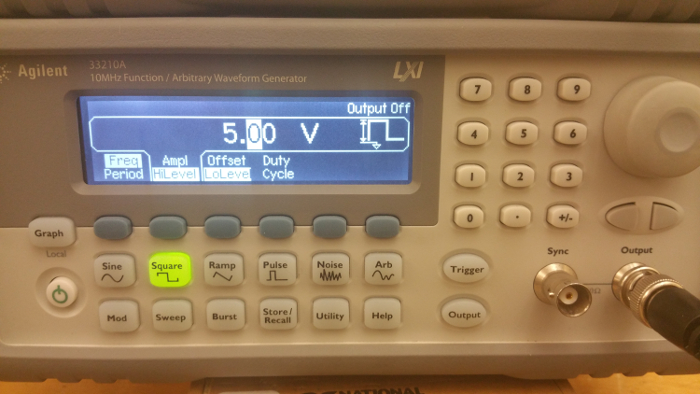
Figura 1: primer plano de función generador pantalla y panel de control. Haga clic aquí para ver una versión más grande de esta figura.
5. fuente de alimentación
- Encienda la fuente de alimentación (Fig. 2). Fuentes de DC de baja potencia funcionan en dos modos principales: fuentes de tensión o fuentes de corriente.
- Observar la tensión y las lecturas de corriente.
- Ajustar la tensión de salida DC alimentación 10 V ajustando la perilla de tensión de salida. Funcionando como una fuente de tensión es la más común, donde la fuente proporciona bajo voltaje de CC; generalmente comprendidos entre 0 y 36 V. En una operación de la fuente actual, estas fuentes son "actual limitada" donde su corriente máxima se establece en el valor deseado, y su voltaje se ajusta automáticamente para proporcionar la corriente máxima deseada. Límites de corriente y voltaje ofrecen flexibilidad operativa, así como márgenes de seguridad cuando opere un DC fuente de alimentación.
- Presione el botón "Actual" para mostrar el límite de corriente y gire el mando actual para ajustar el límite de corriente máxima. Establecer el límite de corriente de la fuente.
- Tenga en cuenta que más de una sola salida DC fuentes de alimentación tienen tres terminales rotulados como "+", "-," y de tierra. En muchas aplicaciones, "-" y suelo están ligados para ofrecer un entorno más estable y la reducción de ruido cuando se proporciona energía a un circuito externo. Sin embargo, algunos casos requieren que "-" es flotante de tierra para aislar el circuito eléctrico o aparato bajo prueba de la tierra de la fuente.
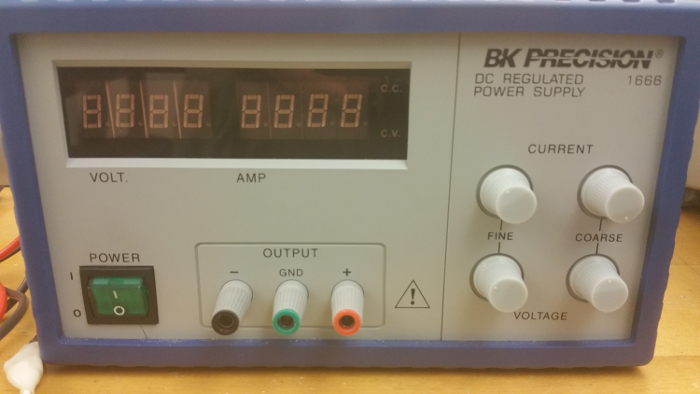
Figura 2: fuente de alimentación DC unidad. Haga clic aquí para ver una versión más grande de esta figura.
6. el osciloscopio
- Encienda el osciloscopio (Fig. 3). Osciloscopios, o ámbitos, Mostrar la tensión y corriente en una pantalla, que ofrece una amplia gama de medidas esenciales.
- Conecte una sonda normal (Fig. 4) en el canal 1 y una sonda diferencial en el canal 2. Sondas de osciloscopio conectan a los conectores BNC en la interfaz de alcance, y cada canal muestra una sola forma de onda. Cada ámbito viene con una variedad de canales. Los más comunes son osciloscopios de dos y cuatro canales, pero más nuevos ámbitos pueden tener ocho canales.
- Retire cualquier desplazamiento en el canal 2.
- Sondas de osciloscopio se utilizan más a menudo con máquinas eléctricas y los experimentos de electrónica de potencia. Los principales tipos de sondas incluyen la sonda convencional de puesta a tierra, la sonda de voltaje diferencial (Fig. 5) y la sonda de corriente (Fig. 6).
- Uso convencional a tierra las puntas de prueba al medir el voltaje entre dos puntos de un circuito o aparato, donde uno de los puntos está ligada a la tierra. Por lo general, la parte puesta a tierra del alcance es una pinza de cocodrilo, y el otro cable de prueba es un gancho que ata fácilmente a los circuitos y componentes eléctricos.
- Nunca use estas puntas de prueba con las conexiones sin conexión a tierra, como un corto circuito a tierra ocurrirá, causando peligro para el usuario, chispas y daños en las puntas de prueba. Generalmente, estas sondas están clasificadas varios cientos voltios.
- Utilizar sondas de tensión diferencial para proporcionar aislamiento entre la tierra y ambos puntos, a través de que se está midiendo el voltaje de prueba. Estas sondas son esenciales cuando ninguno de los puntos están puestos a tierra (p. ej. Cuándo medir a través de dos de las tres fases en una fuente de tensión trifásica). Estas sondas son más caras y requieren ajuste compensación manual o automática antes de cada uso, como una forma de calibración básica. Son menos robustos al ruido debido a la falta de puesta a tierra en las puntas de prueba sonda. Sus rangos de voltaje en laboratorios educativos normalmente llegan a 1000 V.
- Para medir corriente en un alambre, colocar el alambre en la ventana de la sonda de corriente y asegúrese de que el alambre quede en el agujero de la sonda. Ajustar la escala de la sonda (por ejemplo, 100 mV / A) en el recinto de la sonda y la nota de la escala. Las mediciones de corriente se muestran como las mediciones de voltaje.
- Un cable con corriente AC o DC pasa a través del núcleo, generando un campo magnético, que induce la tensión en la bobina de alambre envuelta alrededor de la base. Esto da una medida de voltaje proporcional a la corriente en el cable y corriente puede medirse con este sondeo. Éstos son típicamente más caros que los sondas de voltaje diferencial y pueden variar hasta 100 A en laboratorios educativos. Muchos educadores e investigadores reemplazarlos con detección de resistencias que tienen una resistencia muy baja pero precisa. Resistencias de detección pasan corriente proporcional a la tensión en sus terminales, y por ley de Ohm, medir el voltaje sabiendo la resistencia exacta da una precisa aproximación de la corriente.
- Conecte los terminales de la sonda habitual hacia el cocodrilo de la salida del generador de función.
- Gire en la salida del generador de función.
- Ajustar la escala del eje de tiempo usando la perilla de "sec/div" sobre el alcance de zoom dentro y fuera de la pantalla de forma de onda de 1 canal. Cada ámbito puede tener un enfoque diferente para ajustar la pantalla, pero todos los ámbitos comunes tienen dos grandes divisiones para establecer. En el eje x (eje de tiempo), las divisiones se asemejan a un cierto período de tiempo y pueden variar de μs por división a varios segundos por división.
- Ajustar el eje del canal 1 y usando la perilla del canal 1. Use el botón "volts/div" para ajustar que las divisiones en el eje y mostrar lecturas de voltios. Cada forma de onda tiene una perilla de escala de eje único.
- Presione el botón de función de "medida" sobre el alcance para medir la frecuencia y el pico a pico de la curva mostrada en el canal 1. Esto puede usarse también para encontrar las medidas de la media, media cuadrática (RMS) y periodo de una señal.
- Prensa "matemáticas" para usar las funciones matemáticas; como adición, sustracción, o funciones más avanzadas, con más de una forma de onda aparecen en el ámbito de aplicación. Por ejemplo, es útil para mostrar el producto de la tensión instantánea y la corriente para ver la potencia instantánea.
- Activar manualmente ajustando la perilla "trigger" o automáticamente pulsando "Establecer el nivel de 50%". Seleccione el canal alcance de que toda forma de onda muestra se activa. Utilizando el nivel de activación adecuado, se elimina la variación en las formas de onda mostradas; formas de onda para que todos mirar fija y limpia.
- Pulsa el "cursor" para medir la distancia entre dos puntos en el eje y o eje de tiempo.
- Presione el "CH1", "CH2", o mostrar otros botones de canal y seleccione el correspondiente filtro digital para eliminar los ruidos de la forma de onda. Filtro de paso bajo esquina frecuencias vienen prefijado y puede diferir en diferentes ámbitos.
- Ajustar el generador de funciones hasta que se logran la amplitud deseada y la frecuencia de salida.
- El generador de funciones y desconecte la sonda alcance.
- Apague el osciloscopio.
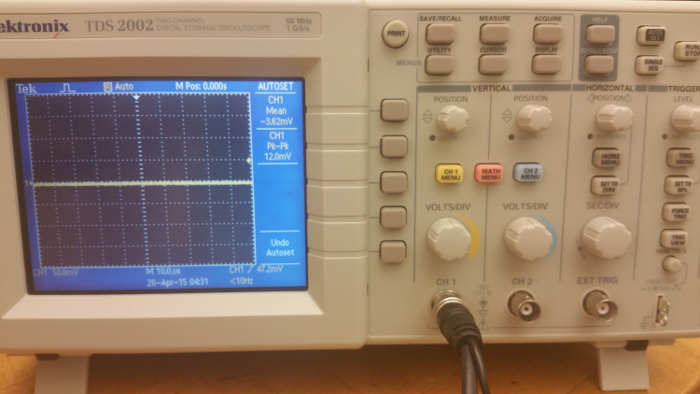
Figura 3: unidad de osciloscopio. Cierre muestra pantalla y panel de control. Por favor haga clic aquí para ver una versión más grande de esta figura.
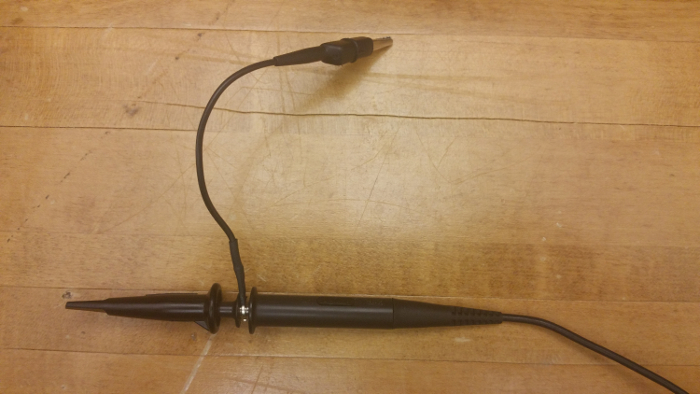
Figura 4: una sonda de puesta a tierra convencional. Haga clic aquí para ver una versión más grande de esta figura.
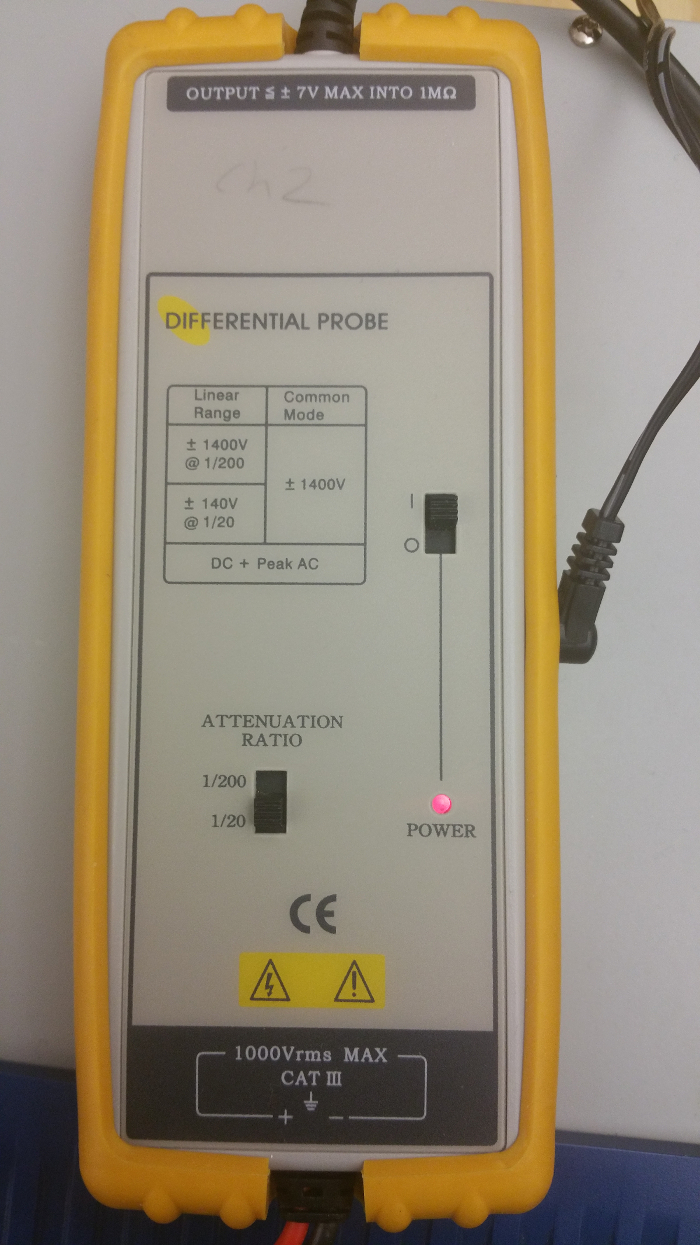
Figura 5: sonda de voltaje diferencial. Haga clic aquí para ver una versión más grande de esta figura.
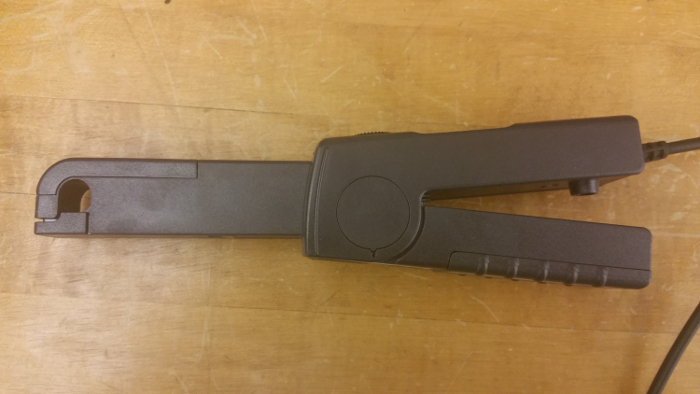
Figura 6: vista lateral de la sonda de corriente. Por favor haga clic aquí para ver una versión más grande de esta figura.
7. multímetro
- Encienda el multímetro (Fig. 7) y asegúrese de que sus terminaciones son en la posición de conexión de medición de tensión. Multímetros, ya sea portátil o sobremesa, medir el valor medio de corriente o un voltaje de DC, o el valor RMS de un voltaje o corriente. Revisar cuidadosamente las conexiones para medir el voltaje o la corriente antes de encender un circuito, ya que estas conexiones son una fuente común de error al realizar un experimento.
- Activa la salida de suministro de energía DC con ningunos alambres de plátano en sus puertos de salida.
- Utilice el multímetro para medir a través de la salida de dos puertos (+ rojo y negro). Para mejorar la resolución de la medición, ajustar manualmente el rango de la señal hasta 10 V ó 1000 V.
- El multímetro debe leer 10 V.
- Cuenta que los multímetros incluyen otras funciones de medición, como la resistencia entre dos puntos y la dirección del flujo de corriente (símbolo del diodo), que es útil en la depuración de diodos y transistores.
- Utilizar medidores de potencia digital para medir la potencia promedio. Medidores de potencia digital son similares a los multímetros pero uso concurrente tensión y medidas de corriente para medir la potencia promedio. Metros avanzados pueden medir factor de potencia, potencia reactiva y potencia aparente.
- Conectar dos cables de tensión a través de (en paralelo con) los dos puntos donde debe medirse la tensión.
- Conecte dos cables de corriente en serie con el cable o componente.
- La potencia mostrada es la media del producto instantáneo de tensión y corriente.
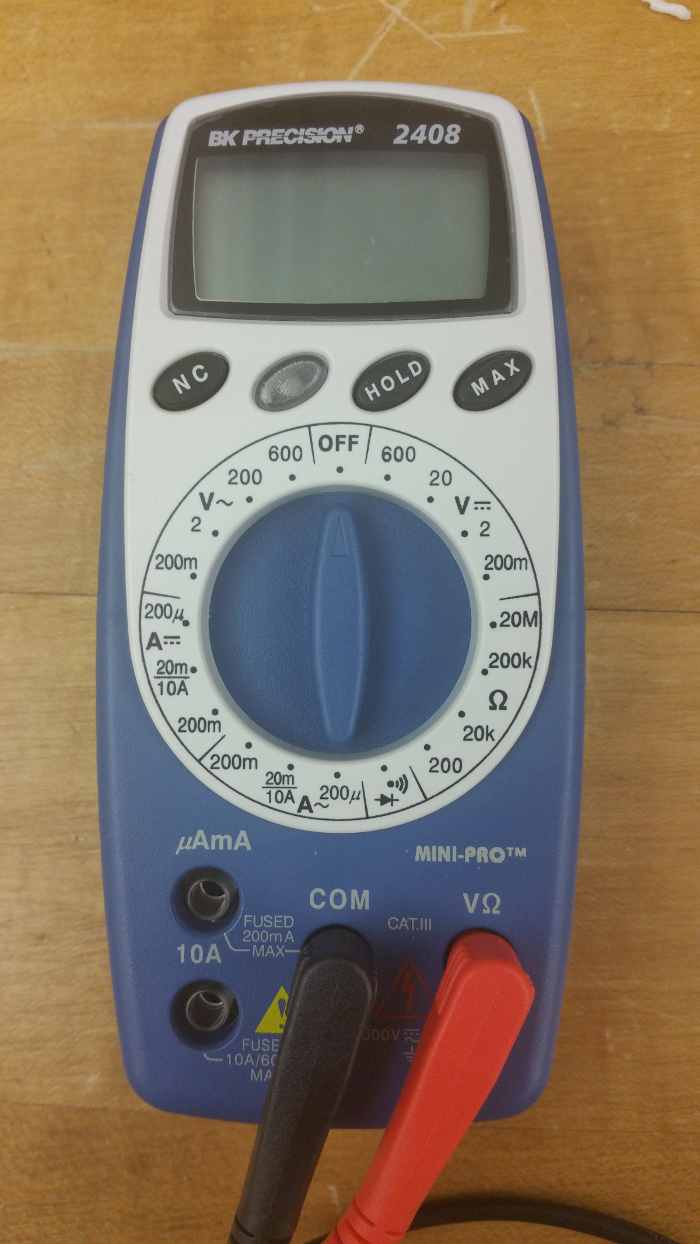
Figura 7: multímetro. Haga clic aquí para ver una versión más grande de esta figura.
8. fuente de alimentación
- Aparte de la fuente de DC de baja potencia utilizada en este procedimiento, existen otros tipos de fuentes de alimentación como una toma de corriente de tres fases (Fig. 8), un autotransformador variable de tres fases (Fig. 9) y una mayor fuente de energía.
- El tomacorriente trifásico proporciona voltajes trifásicos, típicamente a 208 V, 230 V o 408 V en más laboratorios de ingeniería eléctrica. Estas tensiones son iguales en amplitud y frecuencia y son 120° fuera de fase entre sí. Enchufes trifasicos la manipulación requiere entrenamiento especial y precauciones de seguridad.
- En los Estados Unidos, 208 V, 230 V y 480 V son comunes niveles de voltaje trifásico en un entorno de laboratorio educativo que trata de electrónica de potencia y máquinas eléctricas.
- La tres fases auto-transformador variable (VARIAC) es un transformador de aislamiento que proporciona una fuente variable de AC trifásico de la toma de corriente trifásica.
- Ajuste la perilla en el VARIAC en la salida del VARIAC puede variar entre 0% y 100% de la tensión de entrada proporcionada.
- Una mayor fuente de poder proporciona mayor voltaje DC. Más fuentes de DC de baja potencia pueden proporcionar hasta 36 V y menos de 10 fuentes de A. C.C. de alta potencia pueden proporcionar cientos de voltios y amperios.
- En un entorno de laboratorio educativo, una fuente de alta potencia proporciona tensión típicamente hasta 400 V. Son comunes en aplicaciones de electrónica de potencia ya que emulan grandes baterías de vehículos eléctricos y híbridos, rectificado voltaje doméstico y otros escenarios. También son comunes en aplicaciones de la máquina eléctrica DC y máquinas basadas en inversor de AC.
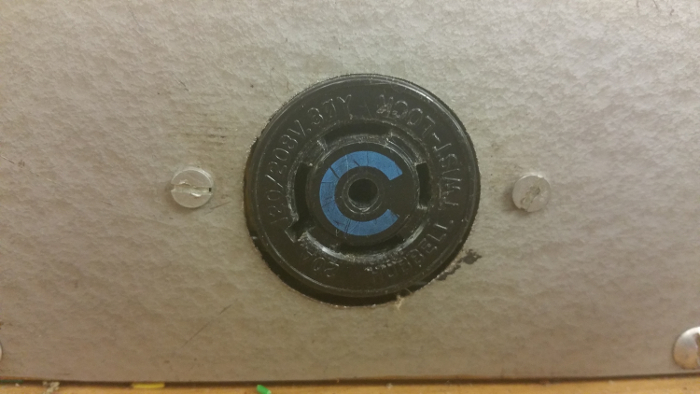
Figura 8: tomacorriente trifásico. Haga clic aquí para ver una versión más grande de esta figura.
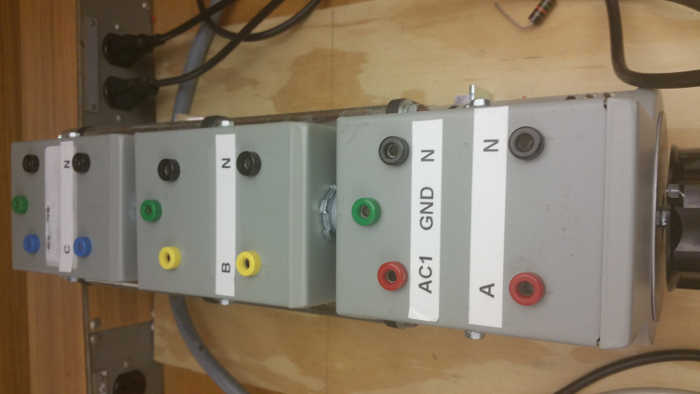
Figura 9: vista de un transformador variable (VARIAC) de tres fases superior. Haga clic aquí para ver una versión más grande de esta figura.























